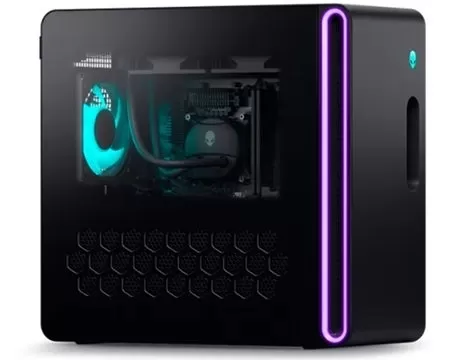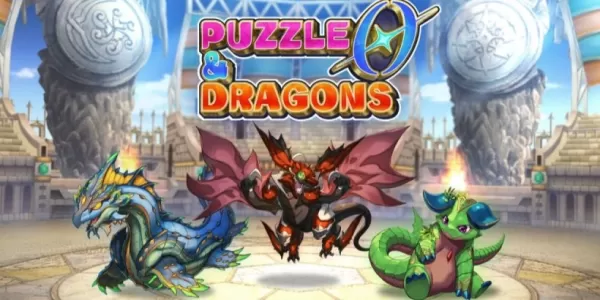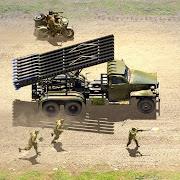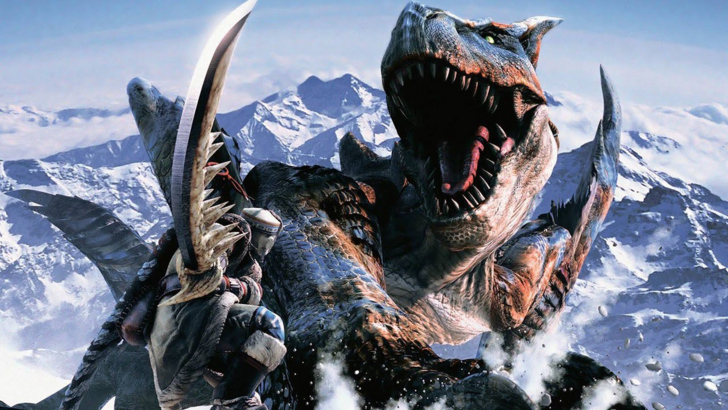
Monster Hunter's renowned for its diverse weapon roster and thrilling gameplay. But did you know even more weapons exist, absent from recent titles? Journey with us through the history of Monster Hunter weaponry.
← Return to **Monster Hunter Wilds' main article**
A History of Monster Hunter Weapons
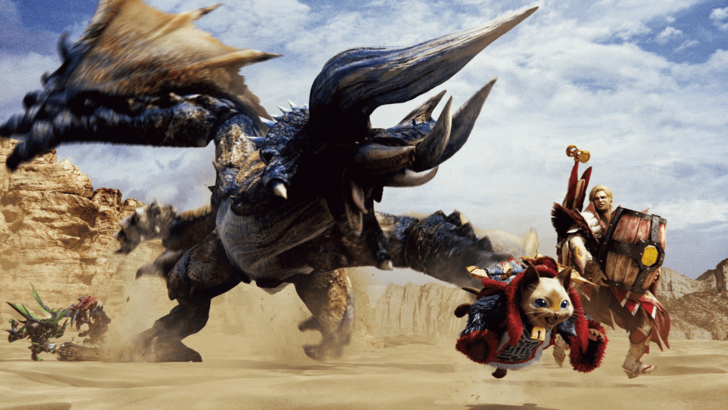
Monster Hunter's legacy spans over two decades, beginning in 2004. A defining feature is its diverse weapon selection. Monster Hunter Wilds boasts fourteen distinct weapon types, each demanding mastery of unique strengths, weaknesses, movesets, and mechanics.
The evolution from the original Great Sword to its modern counterpart is dramatic, reflecting the series' growth. Furthermore, several older weapons, previously unreleased in the West, add to the rich history.
First Generation Weapons
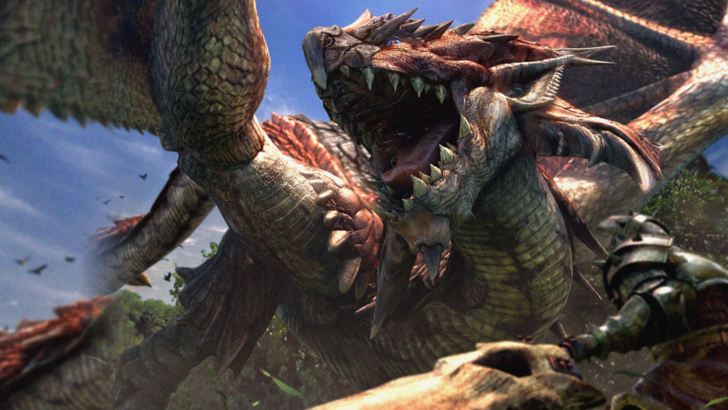
These weapons, introduced in the original Monster Hunter and its variants, are the series' foundational arsenal. They've endured, evolving with refined movesets and mechanics.
Great Sword
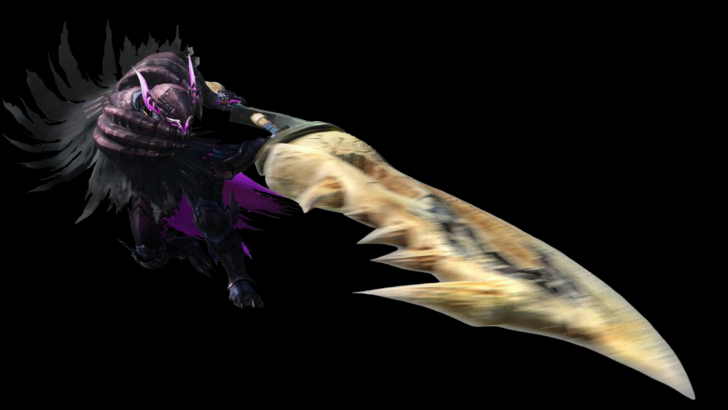
The franchise icon, the Great Sword, debuted in 2004. Its high damage potential comes at the cost of slow attacks and movement, akin to a Gravios charging a hunter. The massive blade can also serve as a shield, though at the expense of stamina and sharpness.
Early gameplay revolved around hit-and-run tactics and precise spacing. While combos were possible, slow animations made extended chains less efficient. Interestingly, the blade's center dealt maximum damage.
Monster Hunter 2 introduced the iconic Charged Slash, a multi-level charge attack culminating in a devastating swing. This remains a core element of the weapon's appeal.
Subsequent games refined charging mechanics, adding finishers and smoother combo transitions. Monster Hunter World's shoulder tackle allowed for quicker access to charged attacks.
The Great Sword offers a low skill floor but a high skill ceiling. Mastering its timing and maximizing damage output with the True Charged Slash separates skilled users from the rest.
Sword and Shield
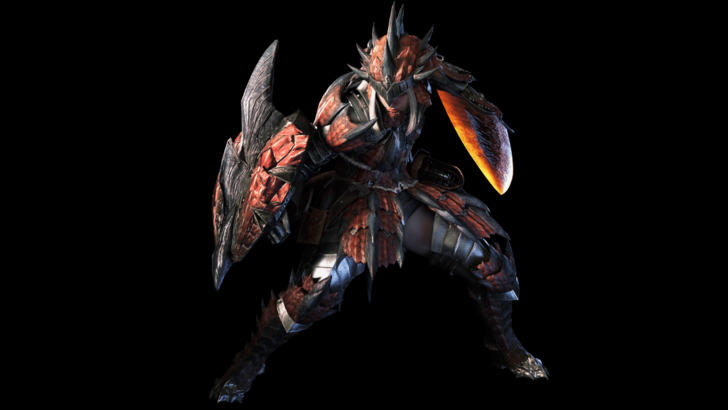
Embodying versatility, the Sword and Shield boasts a balanced approach. While single hits deal moderate damage, rapid combos, blocking capabilities, mobility, and utility compensate. Initially considered a beginner weapon, its complexity has grown with added mechanics and attacks.
Early gameplay emphasized swift slashes and high mobility. Monster Hunter 2 added the ability to use items while the weapon remained drawn.
Later installments expanded the moveset, including shield bash combos (Monster Hunter 3), backsteps and jumps (Monster Hunter 4), and the Perfect Rush combo and aerial finishers (Monster Hunter World and Rise).
Despite its shorter range and lower damage compared to some weapons, the Sword and Shield remains a jack-of-all-trades. Its infinite combo, quick attacks, built-in evasion, powerful finishers, and blocking ability make it deceptively deep.
Hammer
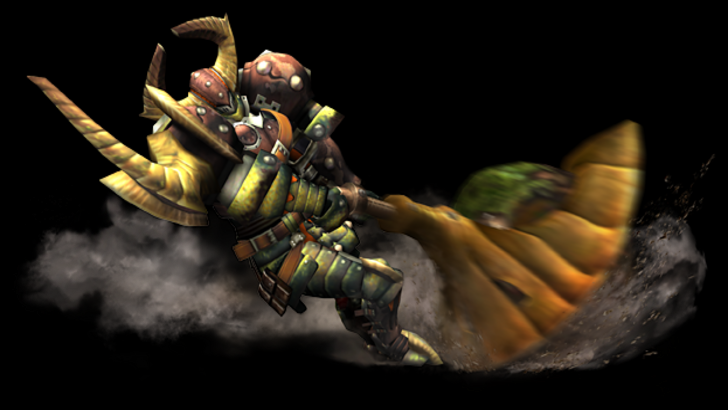
One of two blunt weapons (incapable of severing tails), Hammers excel at breaking parts, particularly heads. Post-Monster Hunter 2, they became renowned for stunning monsters through repeated head strikes.
Gameplay initially mirrored the Great Sword's hit-and-run style, but with surprisingly high mobility and no blocking. Its unique charge mechanic allowed movement while charging.
Monster Hunter World and Rise significantly enhanced the moveset with the Big Bang and Spinning Bludgeon attacks, adding devastating offensive options beyond the trademark golf swing and Superpound.
The introduction of Strength and Courage modes further deepened gameplay, each altering charge attacks and effects. Adapting modes based on monster matchups and maintaining charge while moving is crucial for maximizing effectiveness.
The Hammer's objective is simple: target the head and KO the monster. This, however, requires skillful execution to capitalize on charged attacks and combo finishers.
Lance
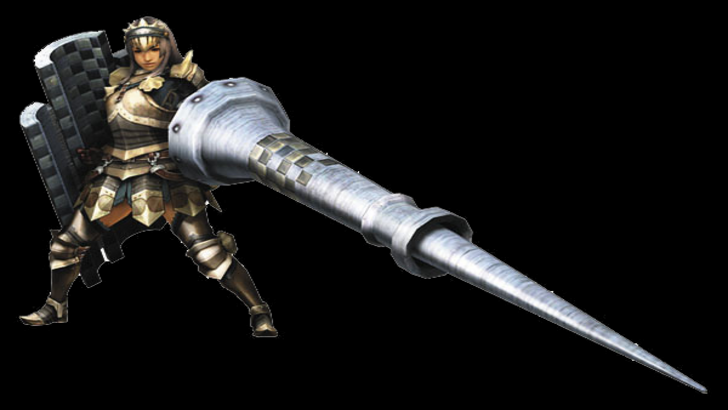
The Lance embodies the principle "a good offense is a great defense." Its long reach allows for ranged attacks, while its large shield blocks most attacks, even some considered unguardable with proper skills. Despite its limited mobility and attacks when drawn, its damage output is substantial.
Gameplay resembles an outboxer's strategy: poking from a safe distance. Core attacks include forward and upward thrusts, chainable up to three times. A counter mechanic was added to enhance this strategy.
Often underestimated due to its less flashy animations, the Lance rewards players for maintaining their ground. While similar to the Gunlance, its defensive capabilities are superior.
Light Bowgun
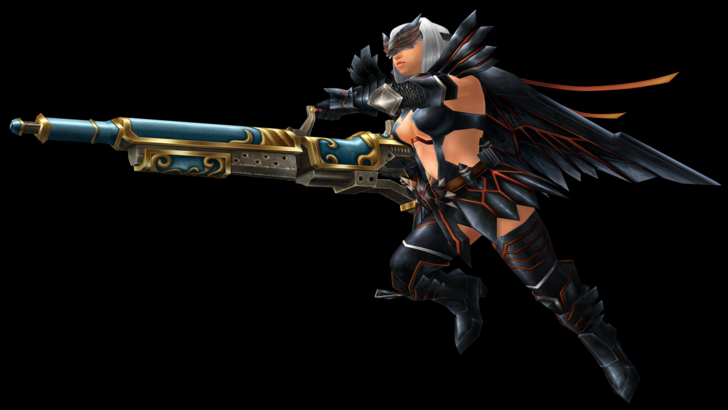
A highly mobile ranged weapon, the Light Bowgun maintains normal movement speed while drawn. Its faster reload speed and maneuverability make it easier to handle than its heavier counterpart, although its ammunition choices are more limited.
Customizable attachments such as long barrels, silencers, and scopes allow for tailored performance. The ability to rapid-fire certain ammo types compensates for its lower damage output.
Monster Hunter 4 introduced "Critical Distance," adding depth to ranged combat by optimizing damage based on distance and ammunition type.
Monster Hunter World's Wyvernblast mechanic (planting detonating bombs) and slide maneuver further enhanced its mobile, run-and-gun style.
The Light Bowgun has evolved beyond being a weaker version of the Heavy Bowgun. Its simple design has been refined into a robust and accessible weapon that remains competitive.
Heavy Bowgun
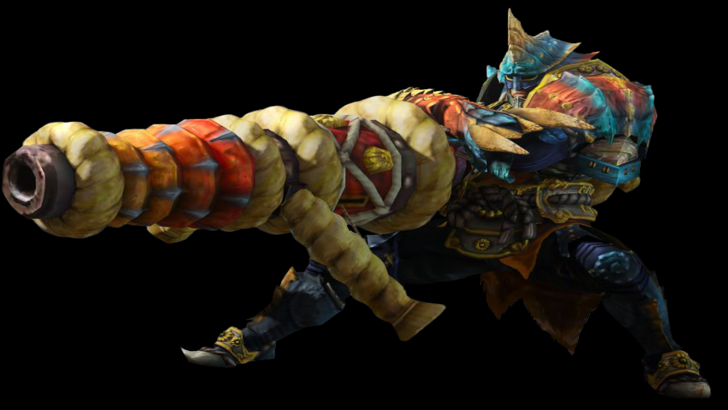
The Heavy Bowgun is the premier ranged weapon of the first generation, boasting high damage and access to specialized ammunition. Its size and weight, however, significantly restrict mobility while drawn.
While the Light Bowgun prioritizes mobility, the Heavy Bowgun offers ammunition versatility. Its slower movement speed is offset by its ability to equip a shield for defense.
Monster Hunter 3 introduced Siege Mode, enabling continuous firing without reloading. Monster Hunter World added Wyvernheart (minigun-like) and Wyvernsnipe (powerful single-shot) special ammo types.
Ammunition management is key, as stronger shells require crafting. The Heavy Bowgun remains defined by its high-powered ammunition and artillery-like gameplay.
Dual Blades
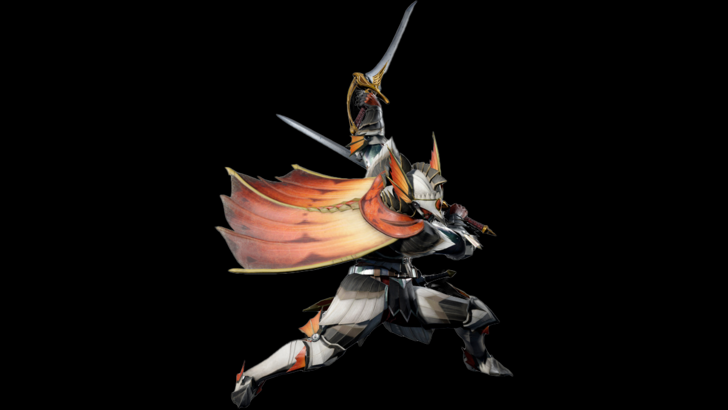
Known for their flashy attacks, Dual Blades prioritize speed and excel at inflicting status ailments and elemental damage. Interestingly, despite being a first-generation weapon, they were only introduced in the Western release of the original Monster Hunter.
Their rapid, multi-hit attacks, while individually weak, accumulate significant damage. Demon Mode enhances damage and access to more attacks but drains stamina.
Monster Hunter Portable 3rd and Monster Hunter 3 Ultimate introduced the Demon Gauge, filling with each attack in Demon Mode. A full gauge activates Archdemon Mode, providing enhanced attacks and evasion without stamina drain.
The Demon Dash, a unique movement tool, allows for quick dashes. In Monster Hunter Generations Ultimate, Adept Hunter Style tied perfect dodges to the Demon Dash, granting damage boosts and enhanced dashes.
Archdemon Mode significantly altered gameplay, incentivizing sustained powered-up states rather than cycling in and out of Demon Mode.
Second Generation Weapons
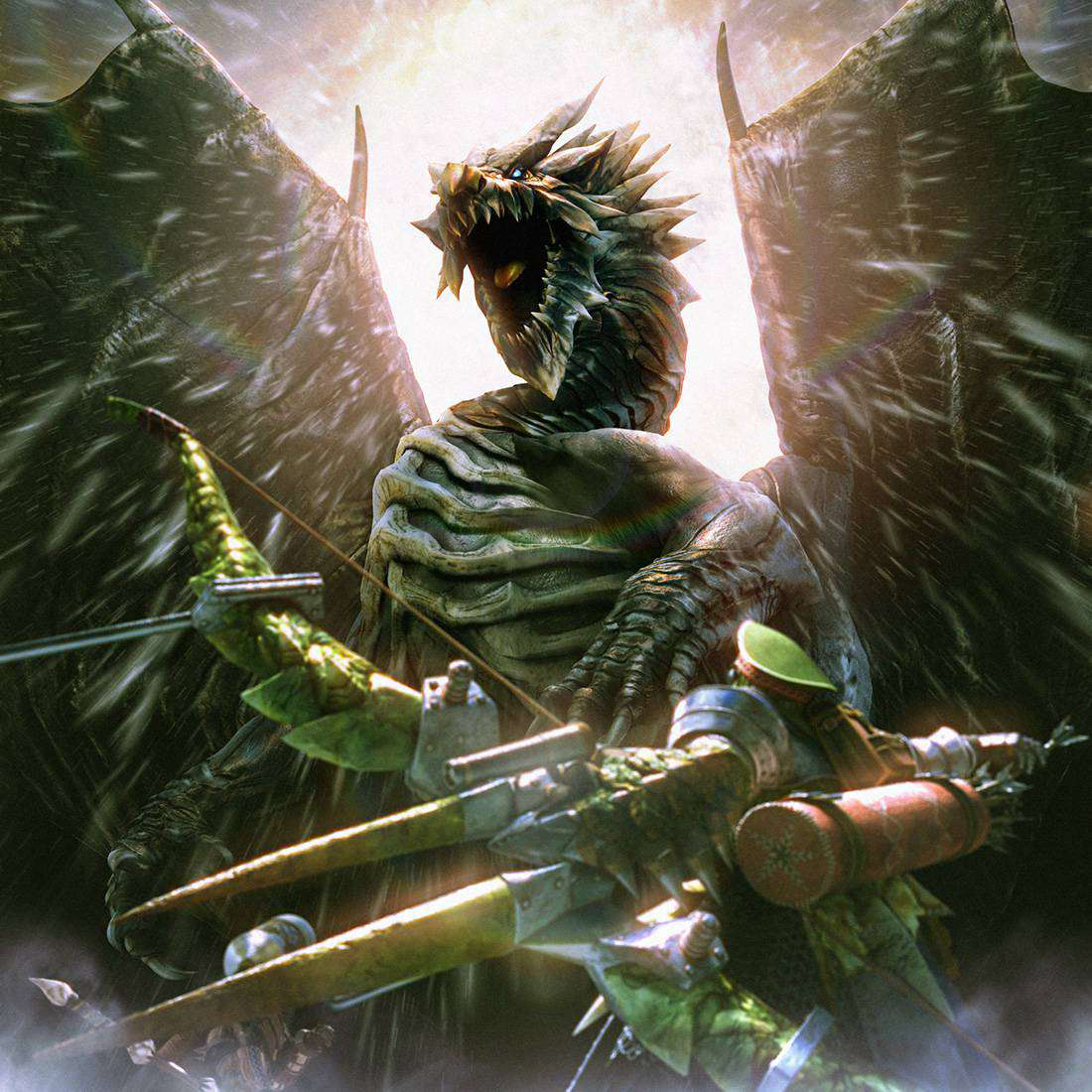
Introduced in the second generation, these weapons are cousins to their first-generation counterparts, sharing similarities but boasting distinct movesets and mechanics.
Long Sword

The Long Sword is celebrated for its fluid combos, high damage, and refined mechanics. While functionally similar to the Great Sword, it offers superior mobility and more intricate combos, sacrificing blocking capabilities.
The Spirit Gauge, filled by landing attacks, activates the Spirit Combo, a powerful damage dealing string of attacks.
Monster Hunter 3 expanded the Spirit Gauge with additional levels and the Spirit Roundslash finisher, granting progressively stronger attack buffs.
Monster Hunter World introduced the Spirit Thrust Helm Breaker and the Foresight Slash, a parry attack that seamlessly integrates into combos.
Iceborne's Iai Stance added the Iai Slash and Iai Spirit Slash, providing faster Spirit Gauge filling and another parry option.
The Long Sword's combo-focused design has evolved into a counter-based style, leveraging parries to maximize damage output.
Hunting Horn
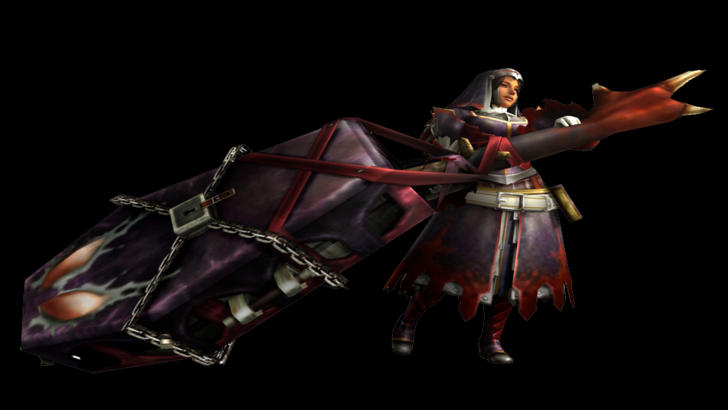
The Hunting Horn, introduced in Monster Hunter 2, is a support weapon utilizing Recital, a mechanic involving three colored notes that combine to create various beneficial effects (attack buffs, defense buffs, healing, etc.).
Like the Hammer, it deals blunt damage, primarily targeting the head for stunning. Its lower damage compared to the Hammer is offset by its supportive capabilities.
Recital mechanics were refined throughout the series, allowing note playing during attacks (Monster Hunter 3 Ultimate) and song queuing (Monster Hunter World).
Iceborne introduced Echo Notes, adding area-based buffs that could be activated after performing a specific attack.
Monster Hunter Rise significantly overhauled the weapon, simplifying Recital execution and automatically applying buffs, a change that sparked considerable debate amongst players.
Gunlance
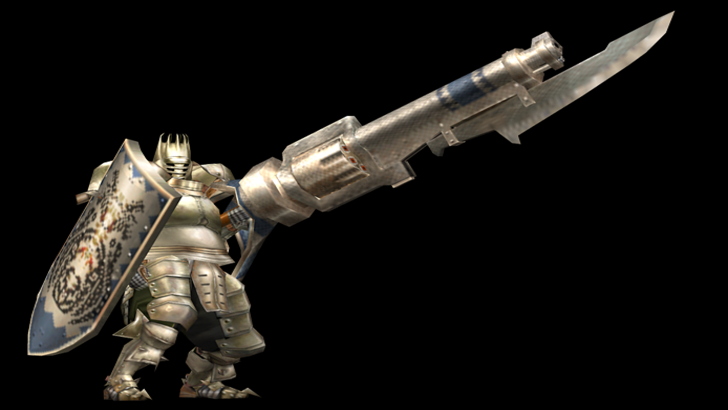
A hybrid of Lance and Bowgun, the Gunlance combines a shield and piercing lance with the ability to fire explosive rounds. Unlike the Bowgun, its shelling ammunition is unlimited, replenished upon reloading.
Its attacks are primarily slashing, unlike the Lance's piercing attacks. The Wyvern's Fire is a powerful, charged shelling attack.
Monster Hunter 3 added a quick reload mechanic, enabling infinite combos, and the Full Burst attack. The ability to charge additional shells for single attacks was also introduced.
Monster Hunter X introduced the Heat Gauge, which increases damage but risks overheating the weapon.
Monster Hunter World added the Wyrmstake Shot, an impaling finisher.
The Gunlance's unique reloading mechanics and balance between shelling and physical attacks define its distinct gameplay.
Bow
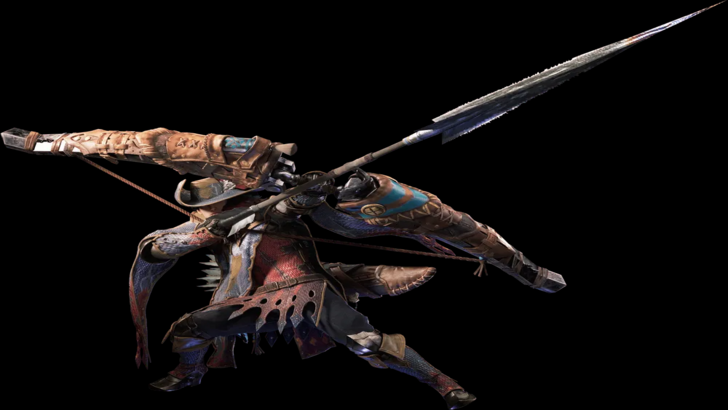
The most agile ranged weapon, the Bow excels in close-to-mid-range combat, using mobility to its advantage. Its gameplay is combo-focused, similar to melee weapons, with chargeable attacks that increase arrow count.
Coatings enhance damage or inflict elemental/status effects. Its mobility and fluid combos are its strengths.
Monster Hunter World simplified the moveset, integrating Shot Types into the base moveset and making Close-Range Coating infinite.
Monster Hunter Rise reintroduced Shot Types, tying them to charge levels.
The Bow's aggressive, combo-heavy ranged style distinguishes it from Bowguns.
Third and Fourth Generation Weapons

These weapons, introduced in Monster Hunter 3 and Monster Hunter 4, feature unique transforming or morphing mechanics.
Switch Axe
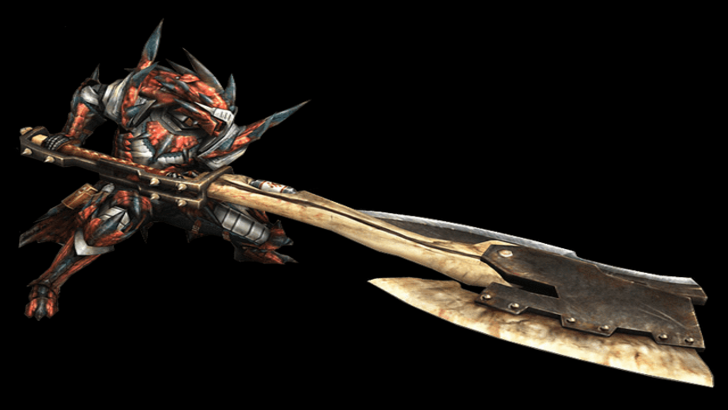
The Switch Axe, introduced in Monster Hunter 3, features Axe and Sword modes. Axe Mode offers better range and mobility, while Sword Mode prioritizes damage and the Elemental Discharge finisher.
The weapon's design centers around balancing both modes. Monster Hunter World's Amped state empowers attacks in Sword Mode.
Monster Hunter Rise extended the Amped state to both modes, encouraging switching between them to maximize damage.
The Switch Axe's form-swapping mechanics create a unique and explosive combat style.
Insect Glaive
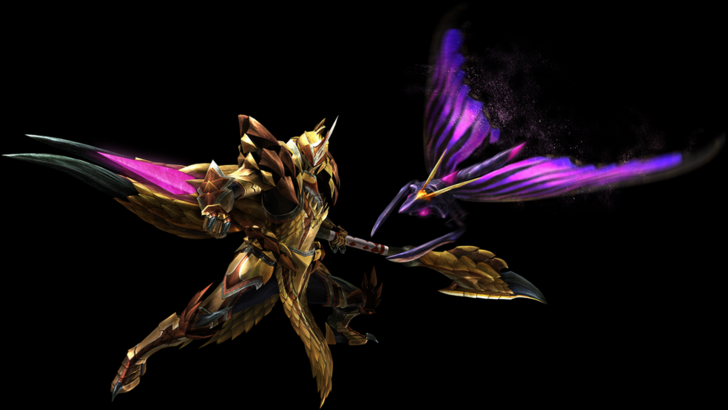
Introduced in Monster Hunter 4, the Insect Glaive specializes in aerial combat. It utilizes a Kinsect to gather essences, providing buffs upon recall. The weapon excels at mounting monsters.
Collecting red, white, and orange essences grants attack, mobility, and defense buffs. Monster Hunter World: Iceborne added the Descending Thrust finisher.
Monster Hunter Rise simplified Kinsect upgrades and introduced new Kinsect types.
The Insect Glaive's buff system and aerial capabilities make it a unique and rewarding weapon.
Charge Blade
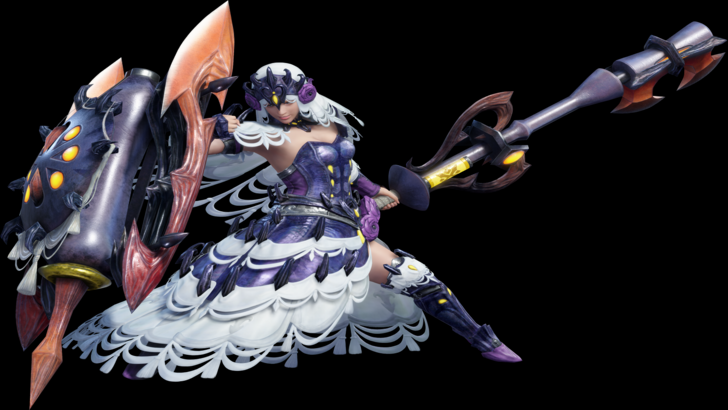
Another transforming weapon from Monster Hunter 4, the Charge Blade utilizes Sword Mode to charge phials and Axe Mode to unleash the Amped Elemental Discharge. It's known for its versatility and powerful finishers.
Mastering Guard Points is crucial for efficient phial charging. The weapon's complexity and balanced offense make it both challenging and rewarding.
Future Weapons?
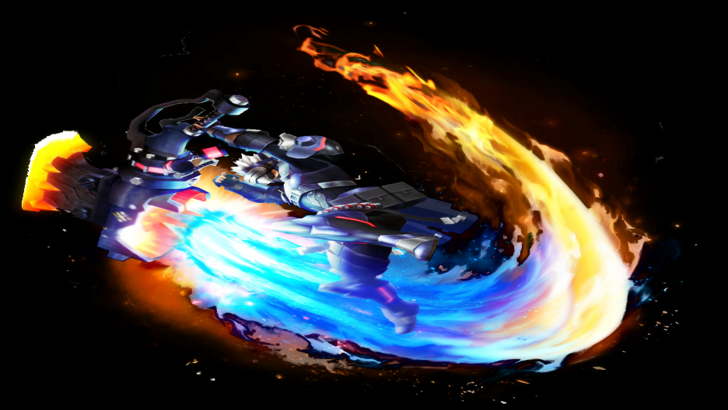
While Monster Hunter Wilds features fourteen weapons, the series' history suggests more may be added in future installments. The possibility of reintroducing past weapons or creating entirely new ones adds to the series' enduring appeal.
You may also like...


